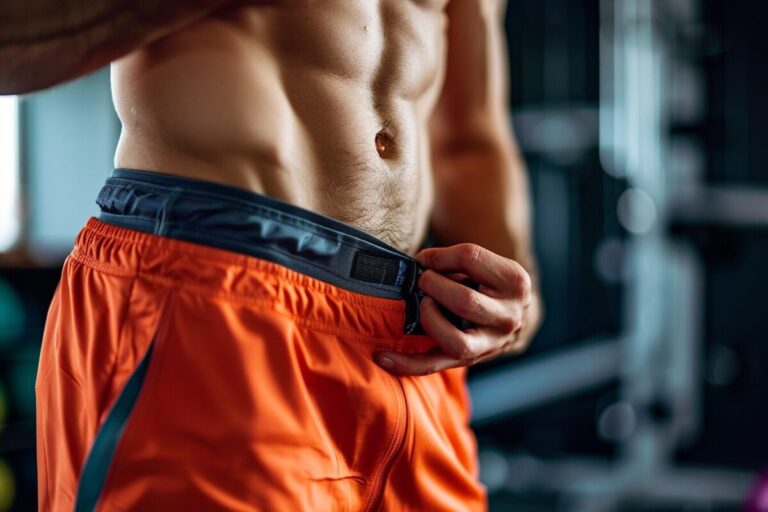It may sound strange to feel ab soreness after jumping rope, right? During this cardio workout that also challenges your coordination and balance, you expect your heart rate to rise and to break a sweat. But why the ab soreness? Let’s explore this further.
Why Are Your Abs Sore After Jumping Rope?
When you engage in jumping movements like jumping jacks or box jumps, your core muscles stabilize to enhance balance and absorb shock.
The sensation of “ab soreness” is more noticeable during jumping rope due to the higher volume of repetitions compared to other jumping exercises.
Core Stability While Jumping
Jumping exercises like jumping jacks, box jumps, and tuck jumps engage your core muscles to stabilize your body and protect your spine.
When you jump rope, the higher volume of jumps and quicker succession intensify this core activation significantly.
Jumping rope offers an effective abdominal workout while also engaging your entire body for fat burning.
If you’re new to jumping rope, sore abs may be more noticeable initially, but with practice, your body will adapt to the exercise.
10 Minute Jump Rope and Ab Workout
Lack of Core Engagement
Ensure proper engagement of your core muscles when jumping rope as they are actively involved in the exercise.
Similar engagement is required in ab exercises like mountain climbers where you tighten your core to maintain a stable position.
This applies to any workout targeting the core.
It might be challenging to maintain core engagement while counting reps, but it’s crucial for effective core activation during activities like jumping rope.
Stabilize your core with each jump to enhance core strength and control.
You’re Not Breathing ‘The Right Way’
Proper breathing is crucial during exercise, but many of us struggle to get it right.
With jump rope, there’s a tendency to take quick, shallow breaths, often matching each breath to a jump.
This can lead to fatigue and strain on the lungs and diaphragm.
To maintain control, focus on rhythmic breathing similar to running – inhale and exhale evenly throughout.
Doing so will help you sustain your workout longer and reduce strain on your abs.
Possible Link to Diet or Hydration
When jump roping, it’s clear that your abs and core are working hard. But have you considered the role of food and water in this equation? The type of ab soreness you experience might offer clues.
For instance, getting a stitch during exercise can be linked to timing meals—waiting at least 90 minutes post-meal or 30 minutes after a snack often helps.
Additionally, dehydration can also lead to stitches, so stay hydrated before, during, and after your workout.
And if you feel soreness in the lower abdomen, it might just be a sign that nature is calling.
So, be mindful of your food and water intake to avoid any discomfort that isn’t typical of a good ab workout.
You Might Actually Be Injured
Jumping rope can lead to soreness that might indicate a problem. Incorrect movements while jumping can cause injuries, as you’re repeatedly bouncing up and down.
Just one wrong move can hurt you. This type of soreness feels different from a typical ab workout.
Sharp pains in your abdomen mean it’s time to stop jumping rope. If the pain persists, consider seeing a doctor.
It’s possible to strain a stomach muscle or worsen a hernia while jumping rope. Only you can judge how bad the soreness is. Stop immediately and get help if it’s sharp and intense.

Concluding Remarks
After jumping rope, feeling sore in your abs is a sign they’ve gotten a good workout.
Jumping rope really targets your core muscles, making them work hard.
This exercise not only strengthens your abs but also boosts your metabolism and helps burn fat.
If you want to kick things up a notch, consider trying to jump rope with a weighted vest for an added challenge.







